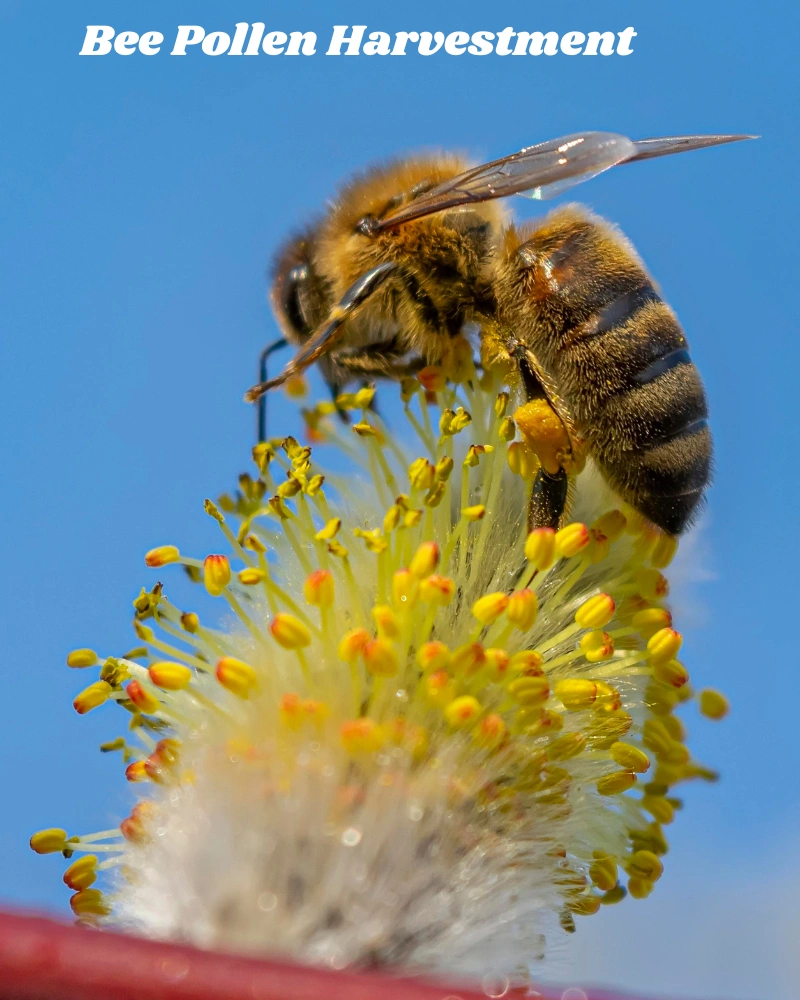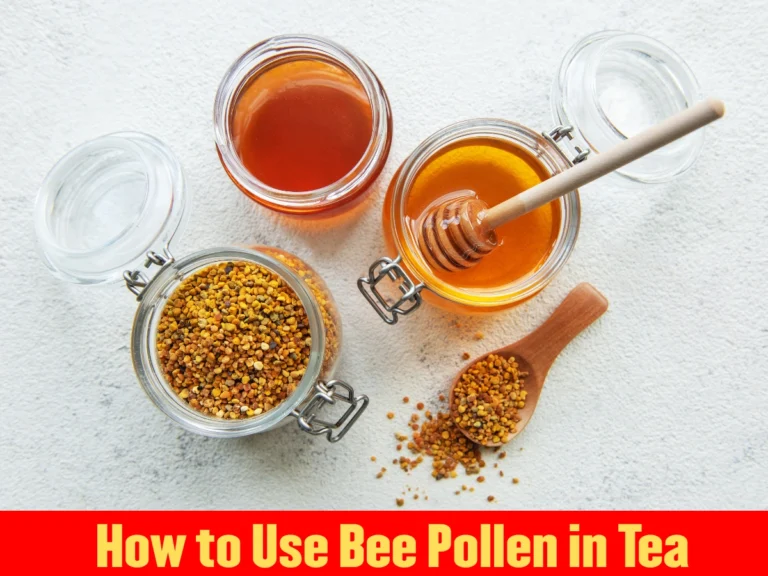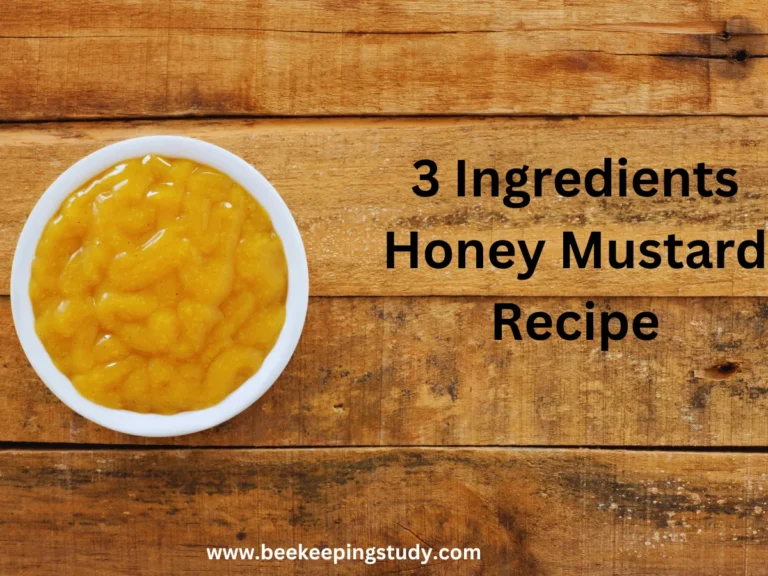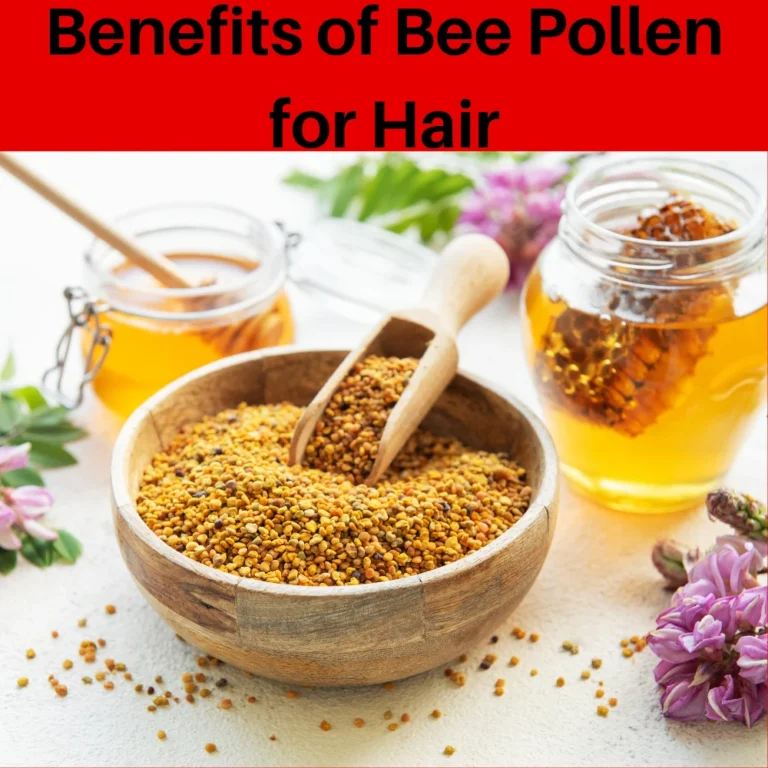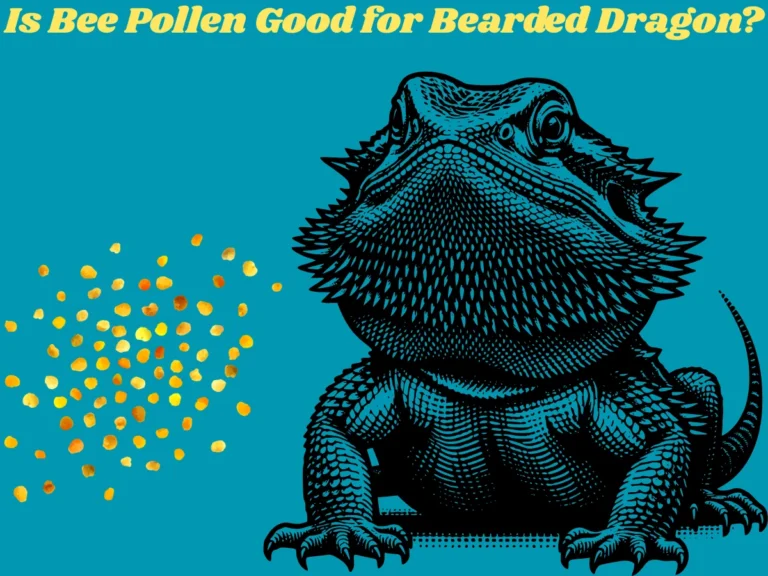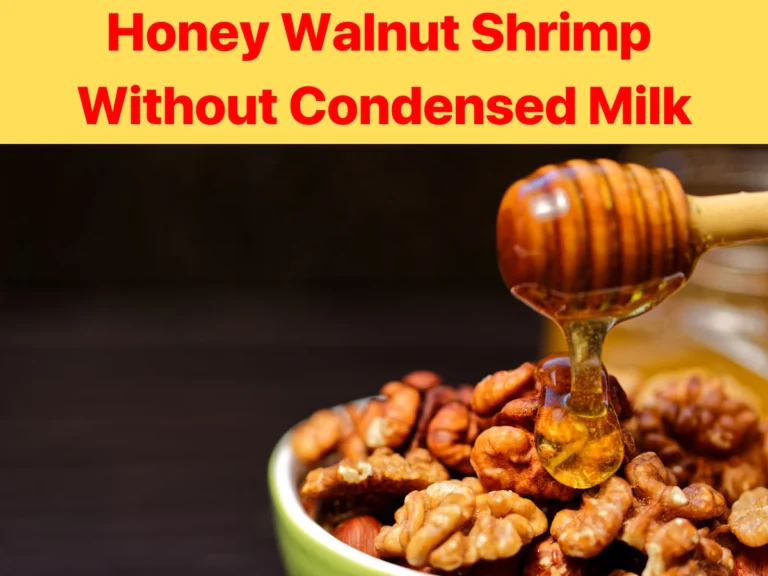This post might be created with help from AI tools and carefully reviewed by a human (Anthor Kumar Das). For more on how we use AI on this site, check out our Editorial Policy.
How Is Bee Pollen Harvested Safely?
Bee pollen is a nutrient-rich substance collected by bees and has become popular for its health benefits. But have you ever wondered, “How is bee pollen harvested?” The process is both fascinating and intricate.
Bee pollen harvestment involves careful techniques to ensure the well-being of the bees and the quality of the pollen. In this article, I will share step-by-step methods used to harvest bee pollen by common beekeepers.
Understanding Bee Pollen and Its Importance
Bee pollen is a mixture of flower pollen, nectar, enzymes, honey, wax, and bee secretions. It serves as a primary food source for bees, providing essential nutrients like proteins, vitamins, and minerals.
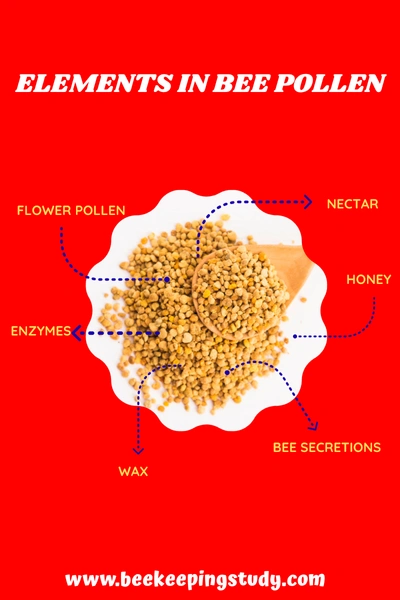
What about humans? For humans, bee pollen is often touted as a superfood due to its dense nutritional profile.
Bee Pollen is Used to Make Bee Bread for Feeding Broods
Within the hive, pollen is crucial for feeding the larvae and the queen. It is converted into bee bread, a fermented mixture that supports the growth and development of young bees. Without a steady supply of pollen, the colony’s health would be at risk.
How Is Bee Pollen Harvested Safely by Beekeepers?
Harvesting bee pollen requires a delicate balance to ensure the colony’s needs are met while collecting enough for human use. Beekeepers employ specific techniques and equipment to gather pollen efficiently and sustainably.
But how do they do this?

Using Pollen Traps
The primary tool for harvesting bee pollen is the pollen trap. These traps are installed at the entrance of the beehive and designed to gently remove pollen from the bees as they enter the hive.
The trap has a mesh or screen that brushes off the pollen from the bees’ legs, which then falls into a collection tray below.
How Pollen Traps Work
When a bee returns to the hive with pollen, it passes through the mesh of the pollen trap. The mesh is fine enough to remove some of the pollen from the bee’s hind legs without harming the bee. The collected pollen falls into a tray, which the beekeeper can then retrieve and process.
Bees have pollen on their pollen basket, which they use for brood development. Basically, making bee bread for broods by the nurse bees. Beekeepers only collect the extra pollen parts from the bee’s legs.
Monitoring and Maintenance
Beekeepers have to regularly monitor and maintain the pollen traps to ensure they are functioning correctly and not causing stress to the bees. Traps have to be checked for clogs and cleaned frequently to maintain optimal pollen collection.
Processing the Collected Pollen
Once pollen is harvested, it is processed to ensure its quality and longevity. Proper handling and storage are crucial for preserving the nutritional benefits of the pollen.
Drying the Pollen
Freshly collected pollen contains moisture, which can lead to spoilage if not dried properly. Beekeepers spread the pollen in thin layers on drying racks and use low heat to remove the moisture.
This process can take several hours to a few days, depending on the humidity and temperature.
Cleaning the Pollen
After drying, the pollen needs to be cleaned to remove any debris or contaminants. Beekeepers use sieves and air blowers to separate the pure pollen granules from any unwanted particles. This step ensures the final product is of high quality and safe for consumption.
Storing the Pollen
Proper storage is essential to maintain the freshness and nutritional value of bee pollen. Though bee pollen doesn’t have any expiration but it can lose quality over time.
It should be kept in airtight containers and stored in a cool, dry place. Refrigeration or freezing can extend its shelf life, preventing the growth of mold and bacteria.
Benefits of Harvesting Bee Pollen Safely
Harvesting bee pollen has benefits for both bees and humans. For bees, managed harvesting ensures they have a steady food supply, promoting the health and productivity of the hive. For humans, consuming bee pollen offers numerous health advantages.
Bee Pollen Has Plenty of Health Benefits for Humans
Bee pollen is rich in proteins, vitamins, minerals, and antioxidants. These nutrients can boost the immune system, increase energy levels, and support overall health. Some studies suggest that bee pollen may also have anti-inflammatory and anti-allergic properties.
You might have heard that bee pollen is often called superfood. Its nutrients and health benefits are the reason for such naming.
Nurturing Bees for a Sweeter Tomorrow
Responsible beekeeping isn’t just about harvesting, it’s about helping bee populations thrive. When pollen is collected with care, it supports hive health rather than harming it.
Sustainable practices ensure bees continue pollinating plants, preserving biodiversity, and helping grow the food we all enjoy.
Challenges in Pollen Harvesting
Despite its benefits, harvesting bee pollen is not without challenges. Beekeepers have to navigate various obstacles to ensure successful and sustainable pollen collection.
Pesticide Exposure
Pesticides pose a significant threat to bees and can contaminate collected pollen. Beekeepers need to be aware of local agricultural practices and work towards minimizing pesticide exposure to protect their hives.
Climate Conditions
Weather and climate conditions can affect pollen availability and quality. Beekeepers must adapt their practices to account for seasonal variations and ensure a consistent pollen supply for their hives.
Discover the Buzz — Explore More and Support the Bees
Bee pollen harvesting is more than just a practice; it’s a way to connect with nature, promote sustainable living, and protect one of the planet’s most vital pollinators.
Whether you’re curious about bee pollen benefits or how it’s made, understanding this golden gift from bees can inspire better choices for your health and the environment.
Want to learn more about bee pollen, including bee pollen consumption ideas and health usage? Check out the recommended reads below and keep the buzz going!
- Right way to use bee pollen in tea.
- Ideas to Use Bee Pollen in Smoothies Correctly.
- What Does Bee Pollen Taste?
- 10 East Bee Pollen Recipes – Must Try!
- What

